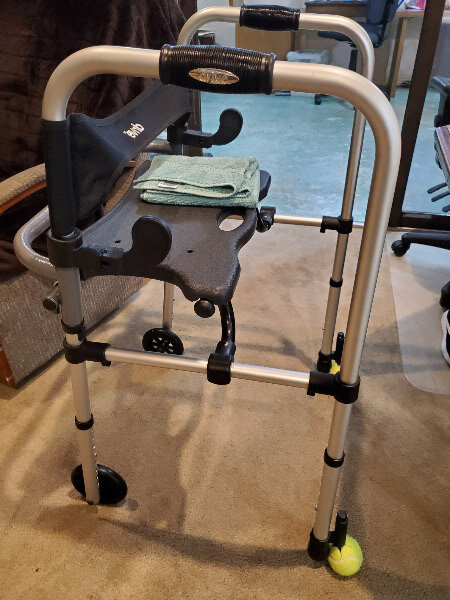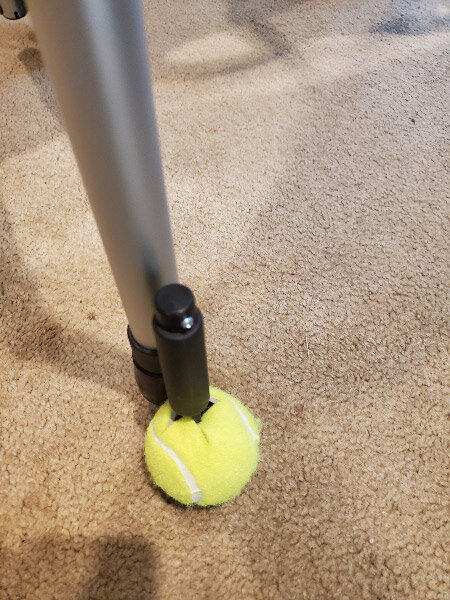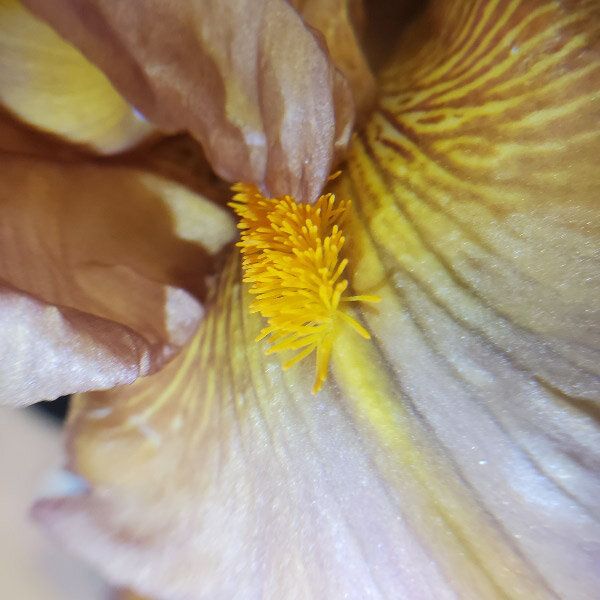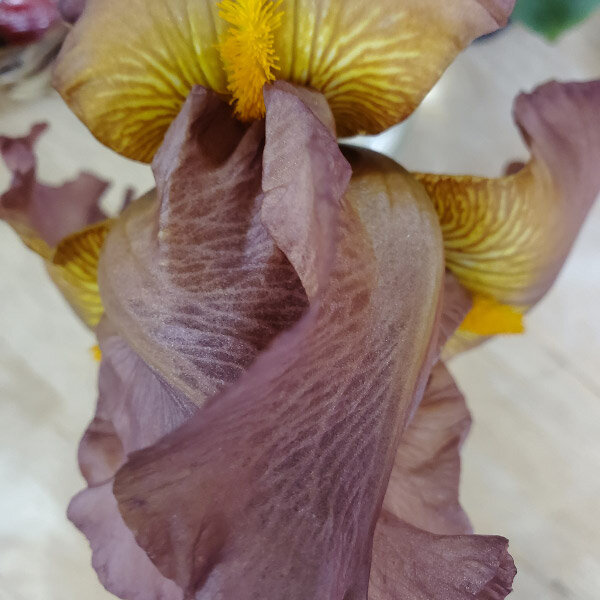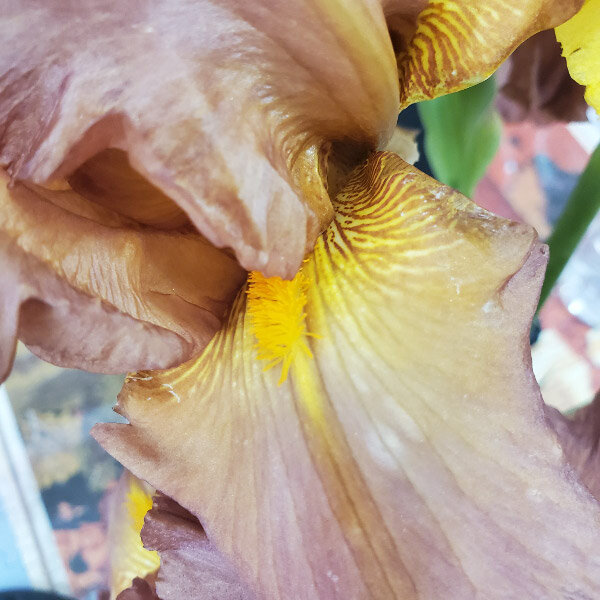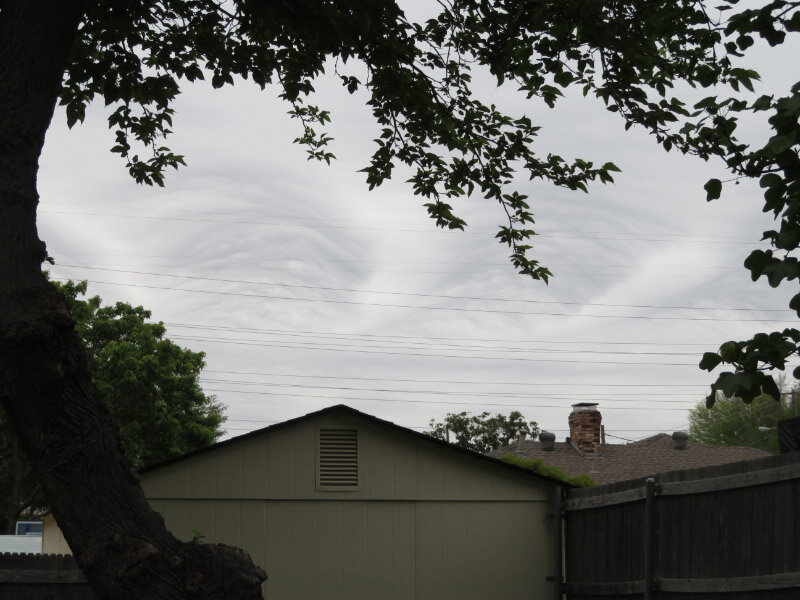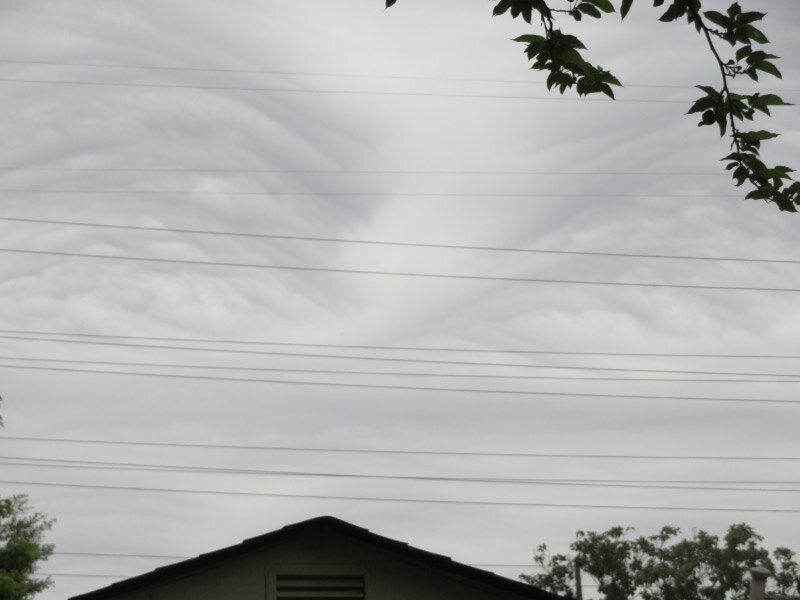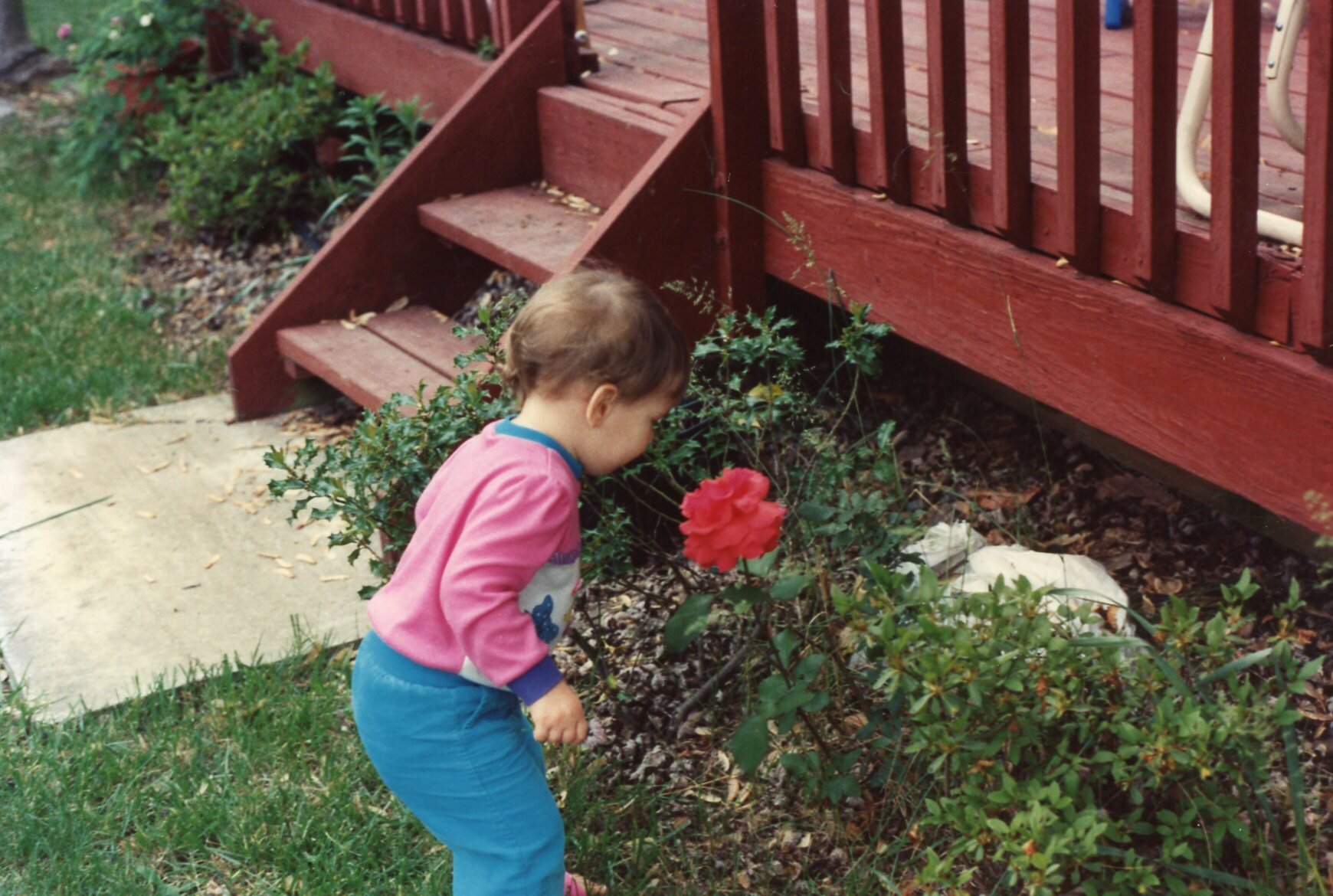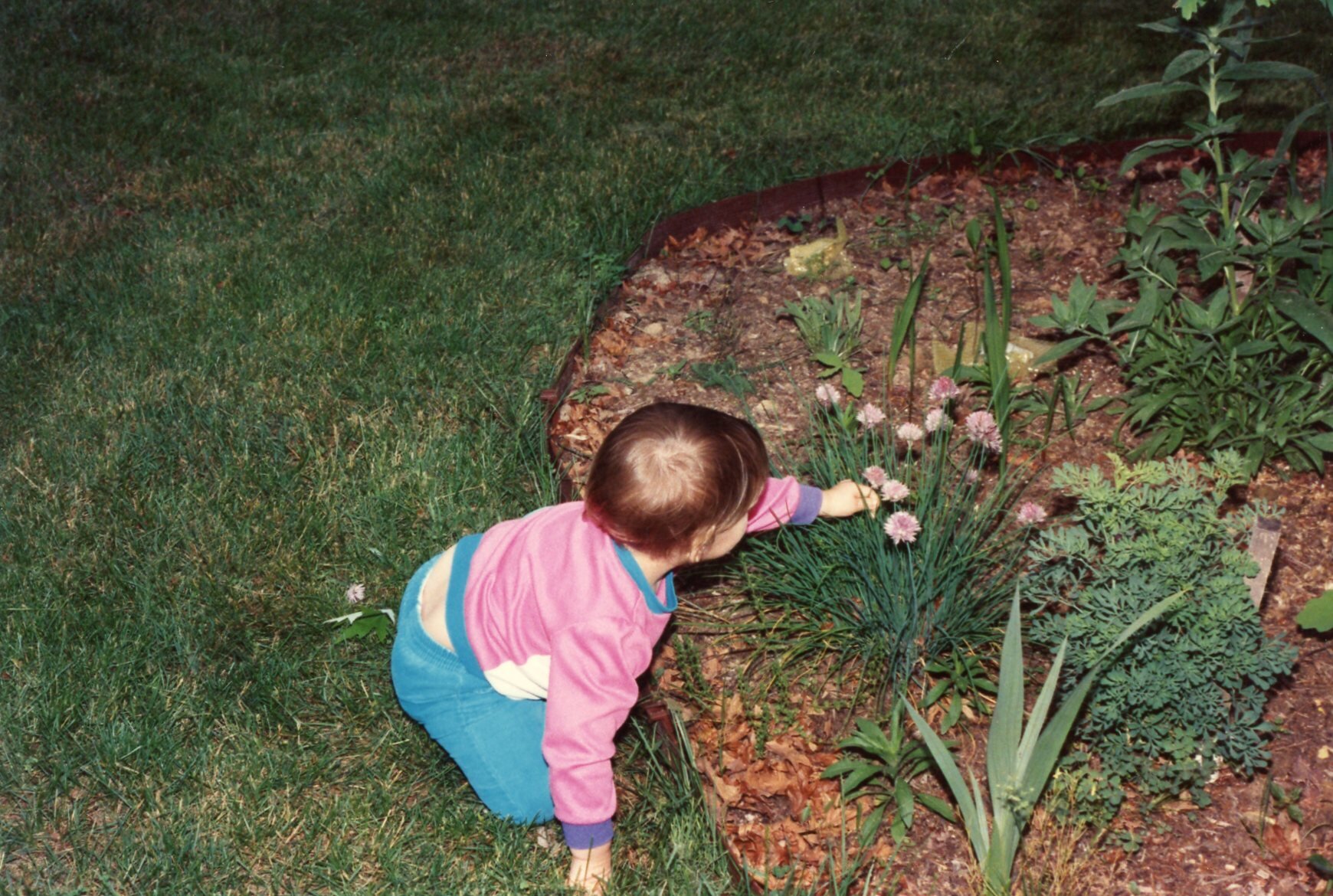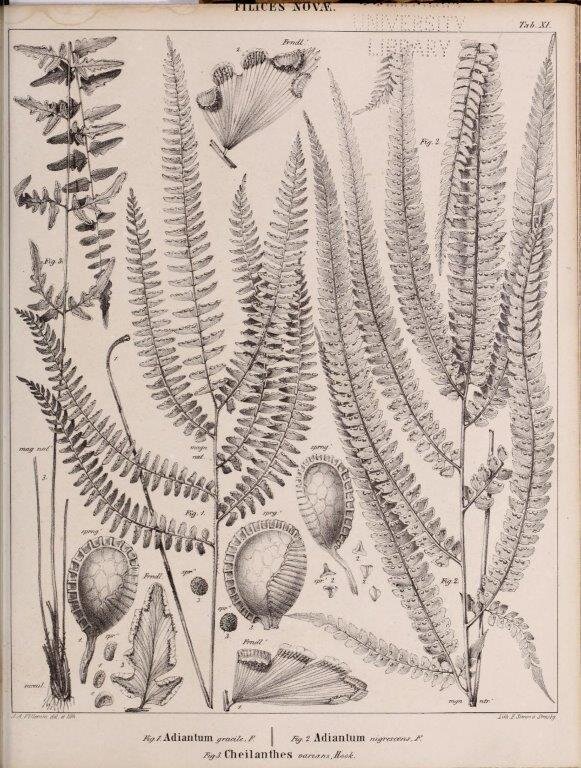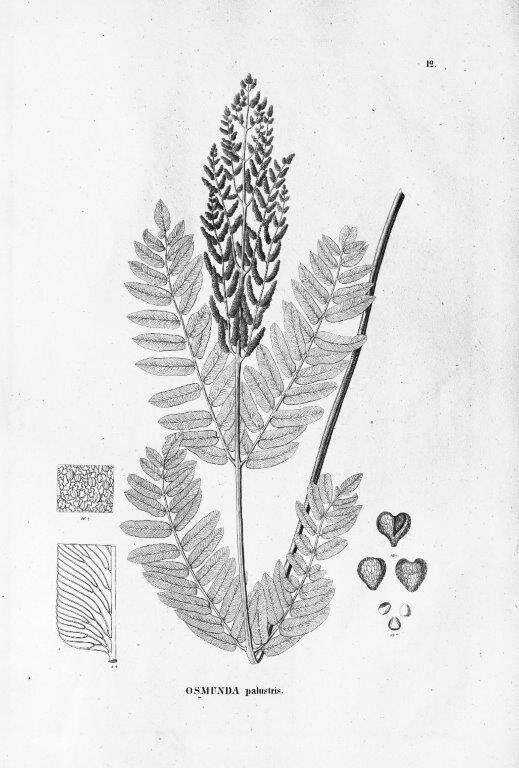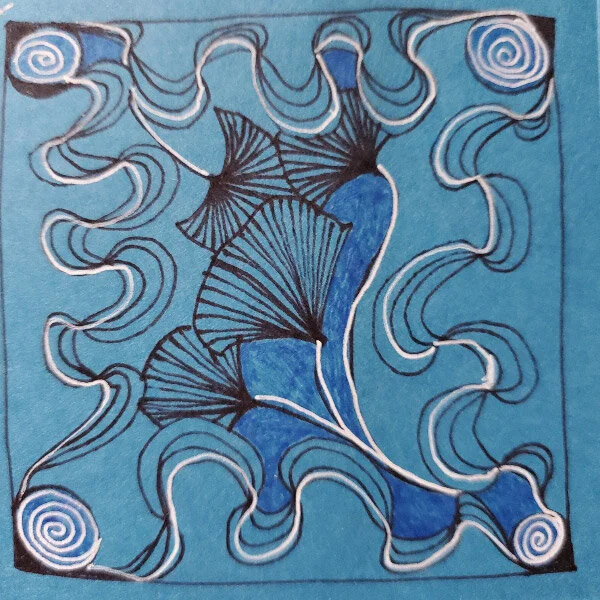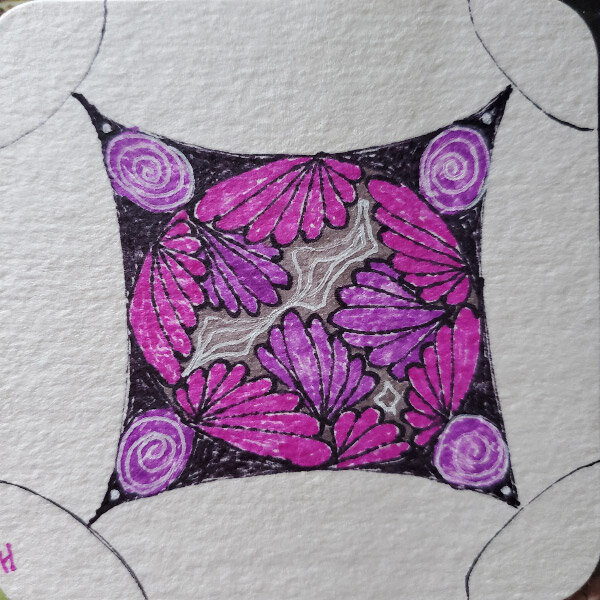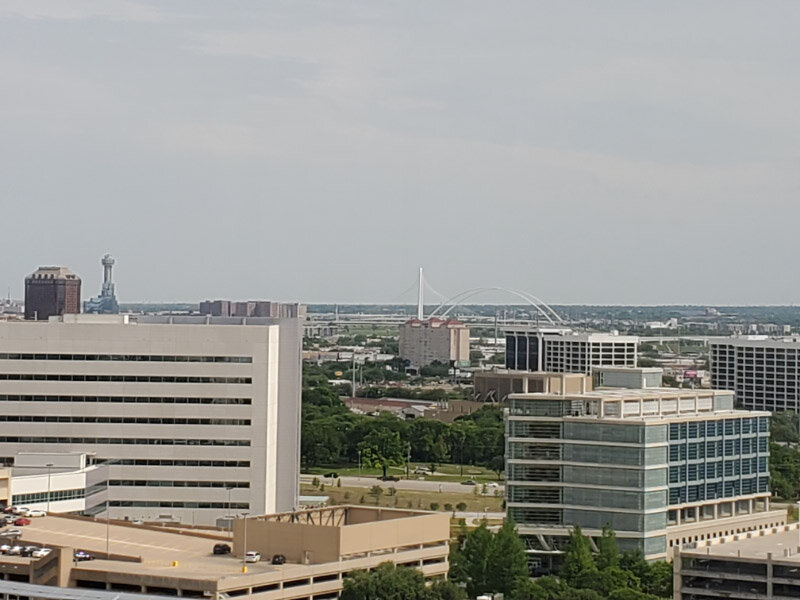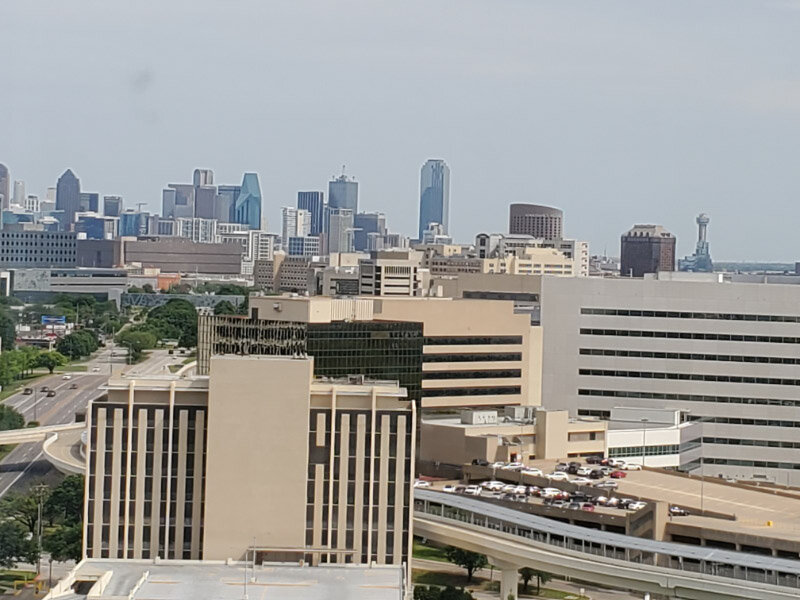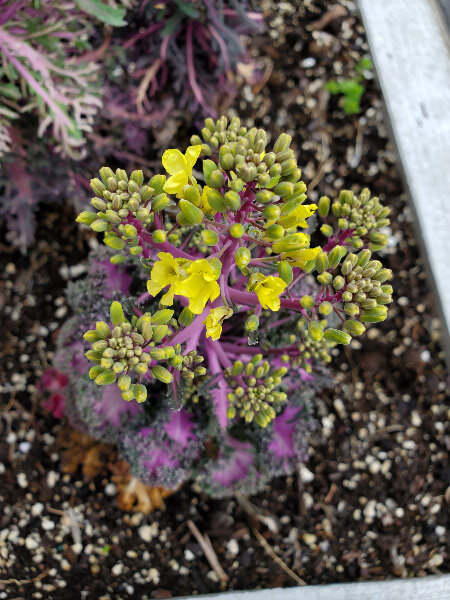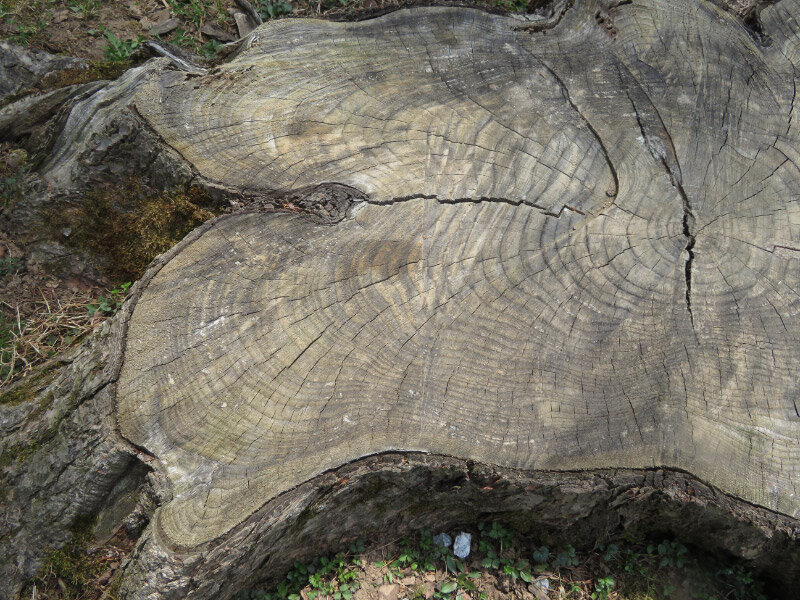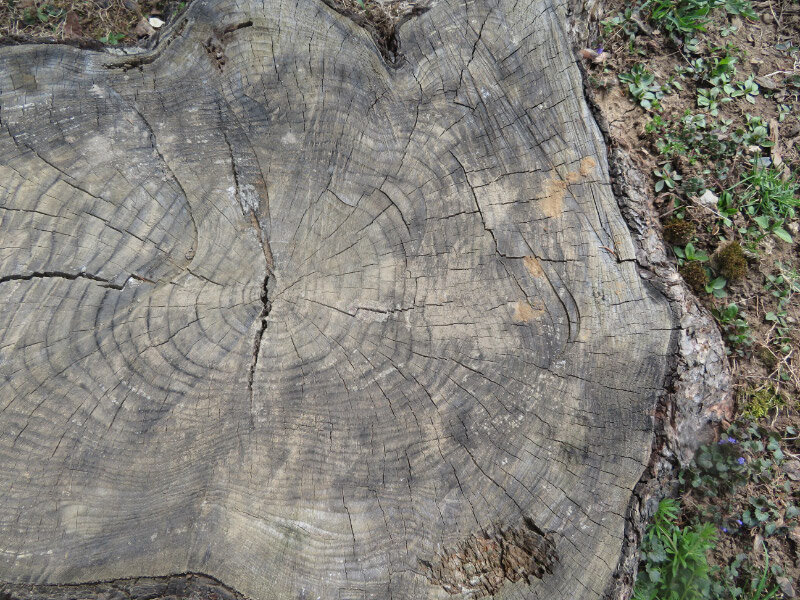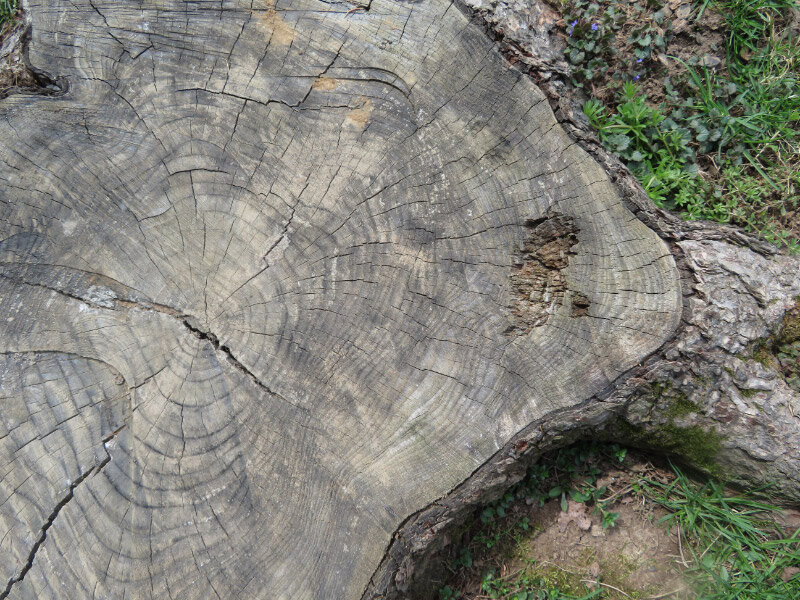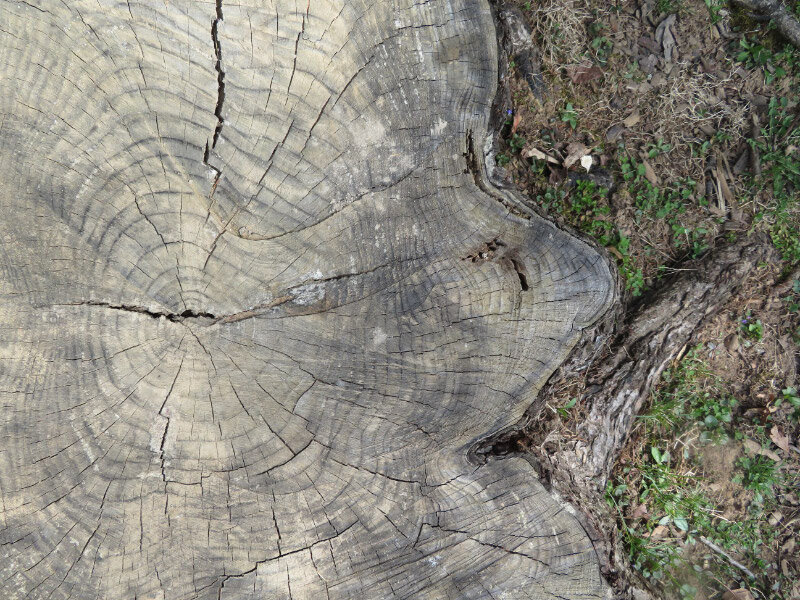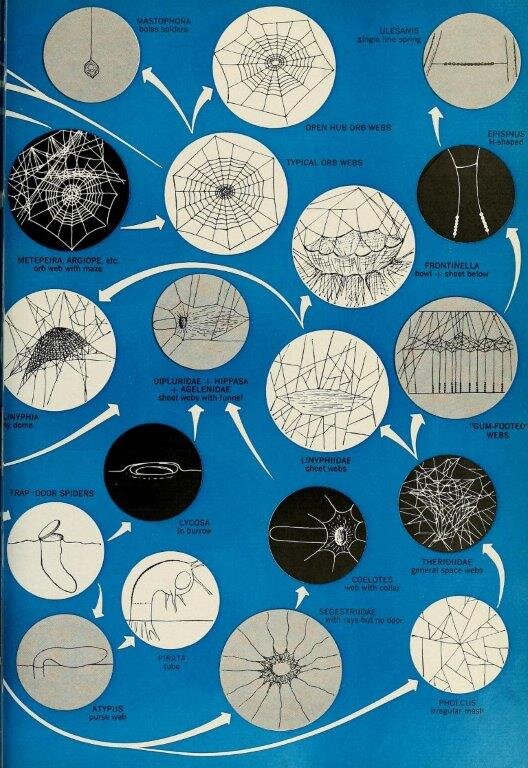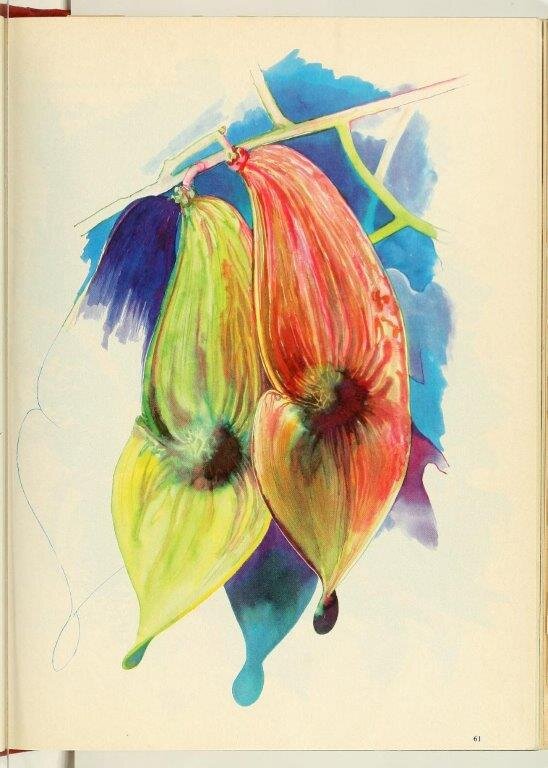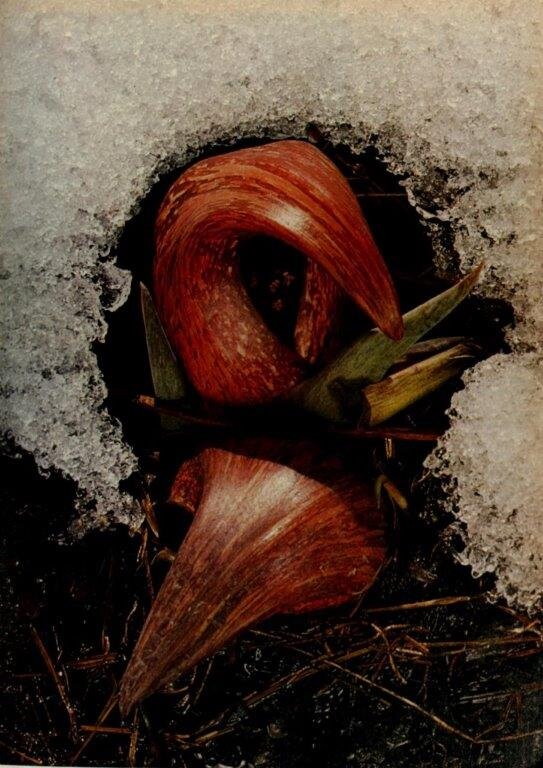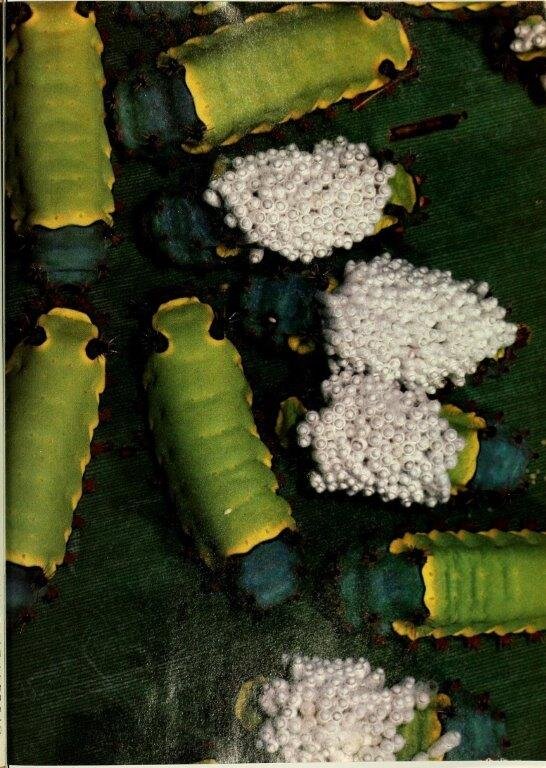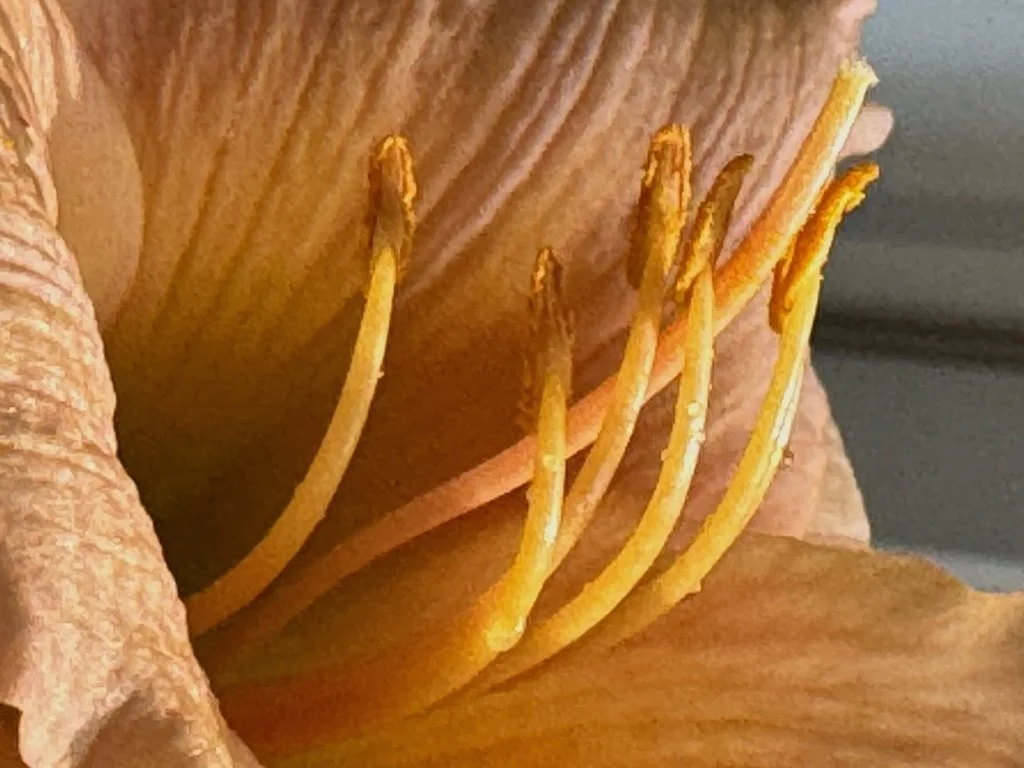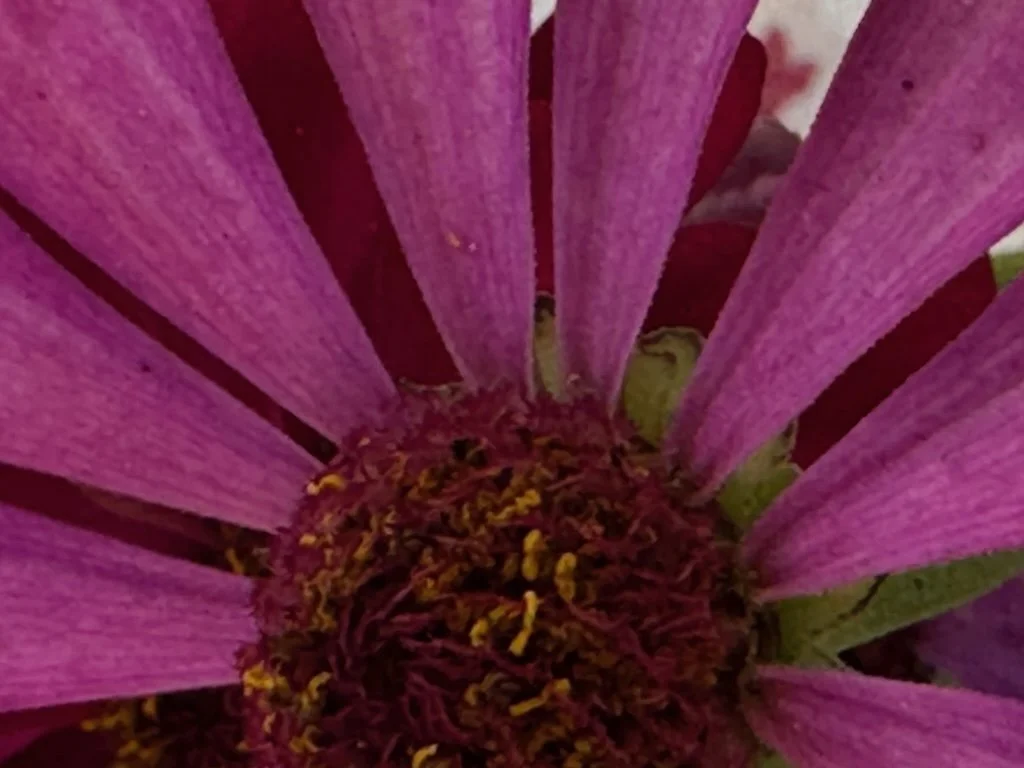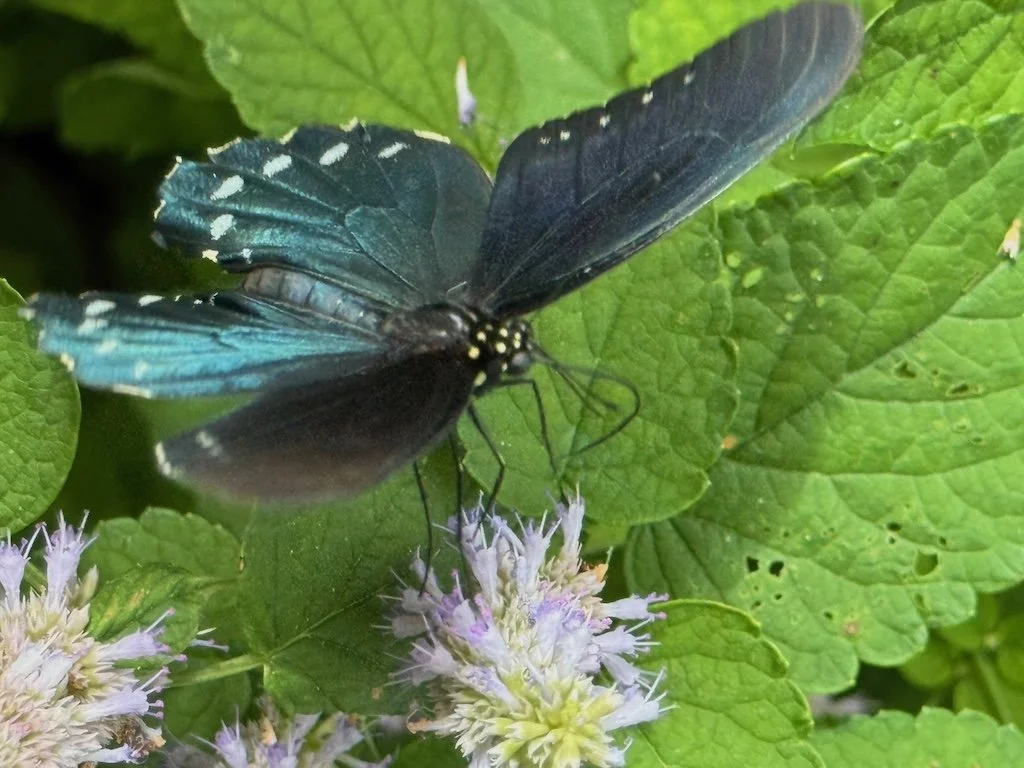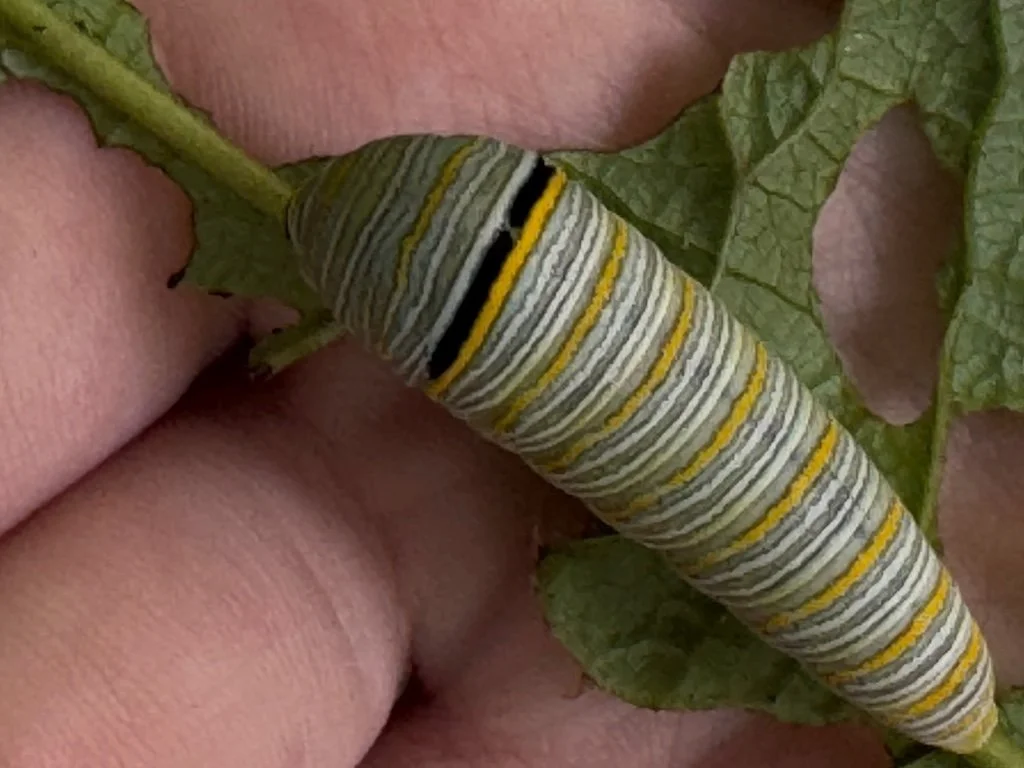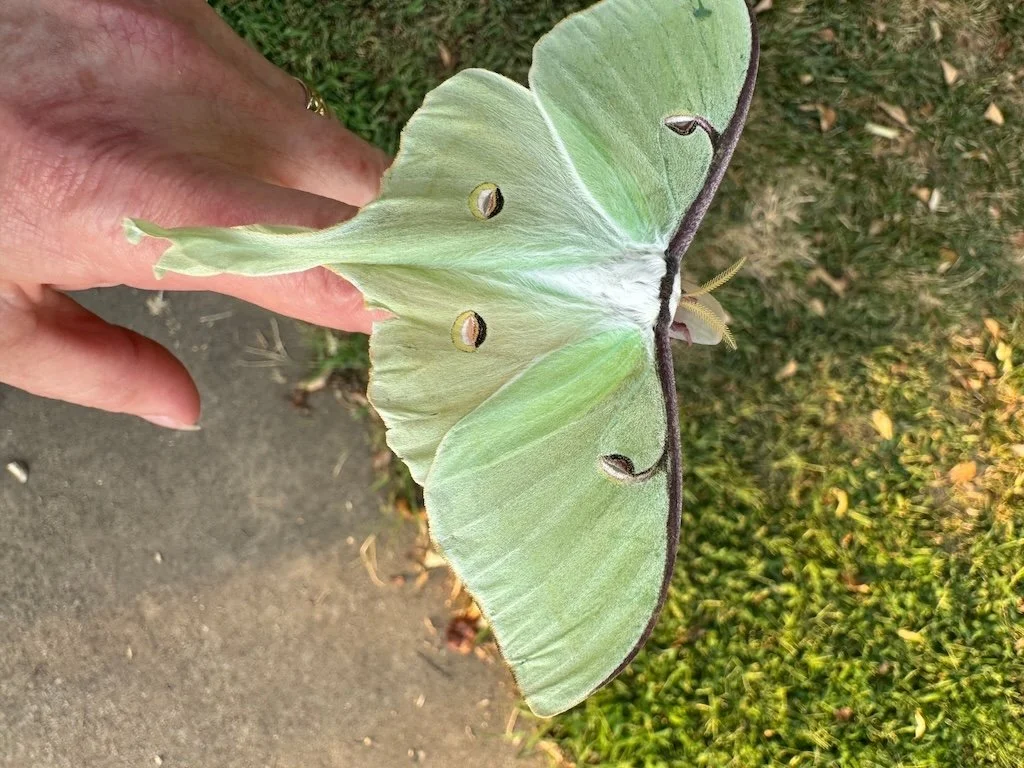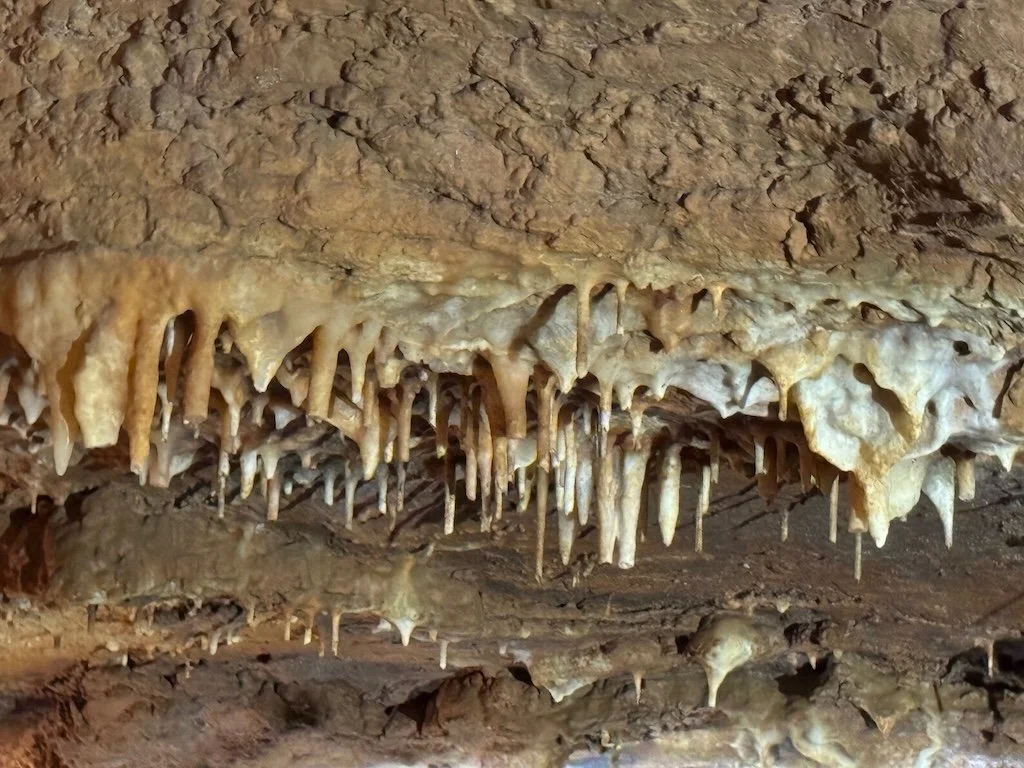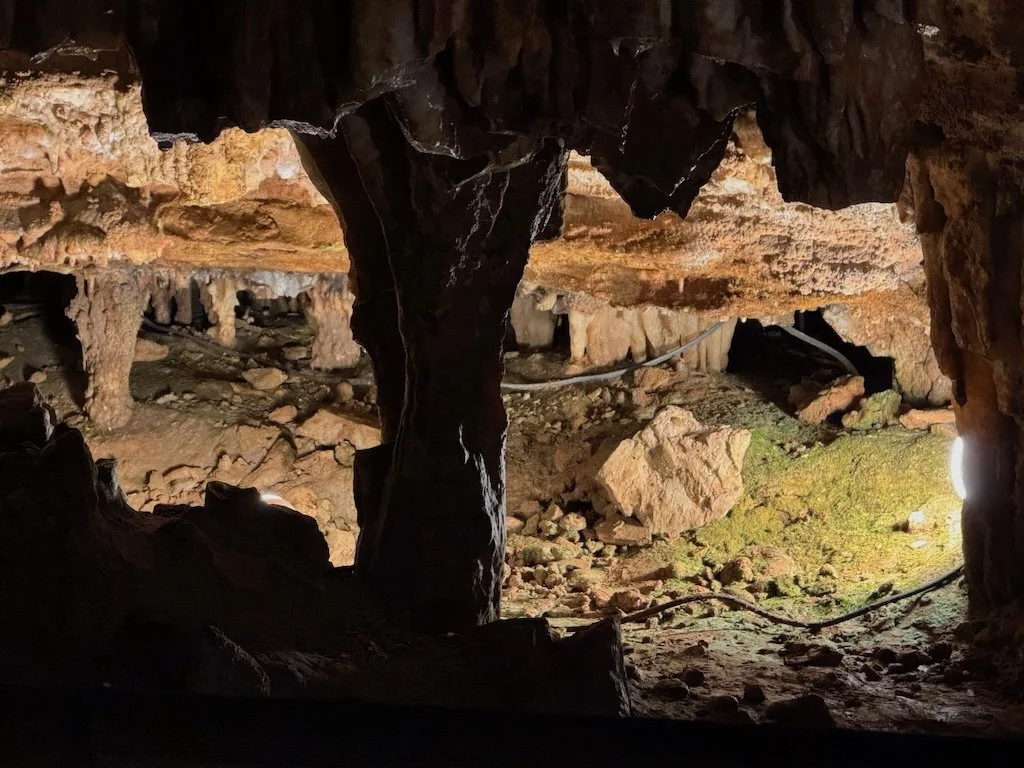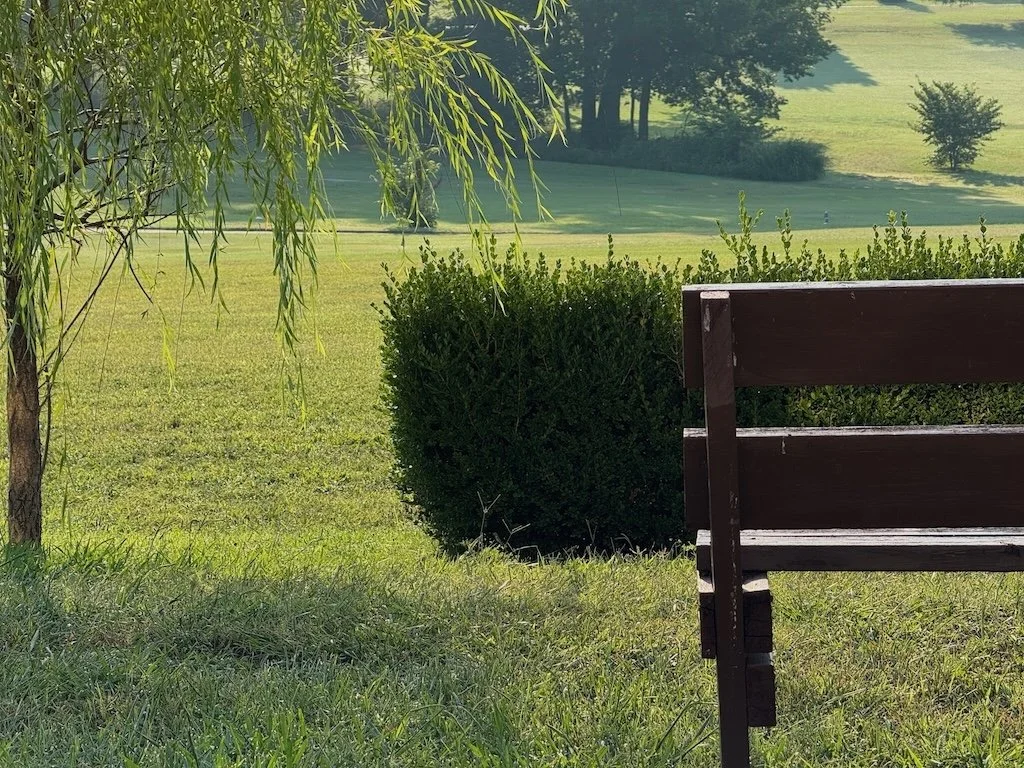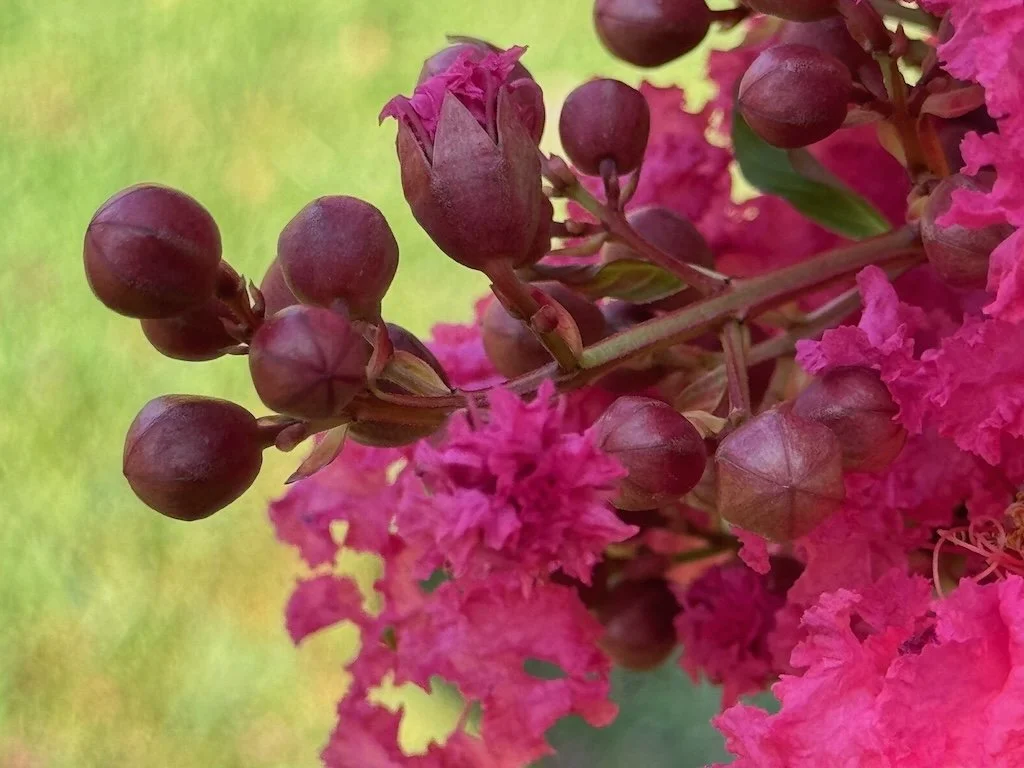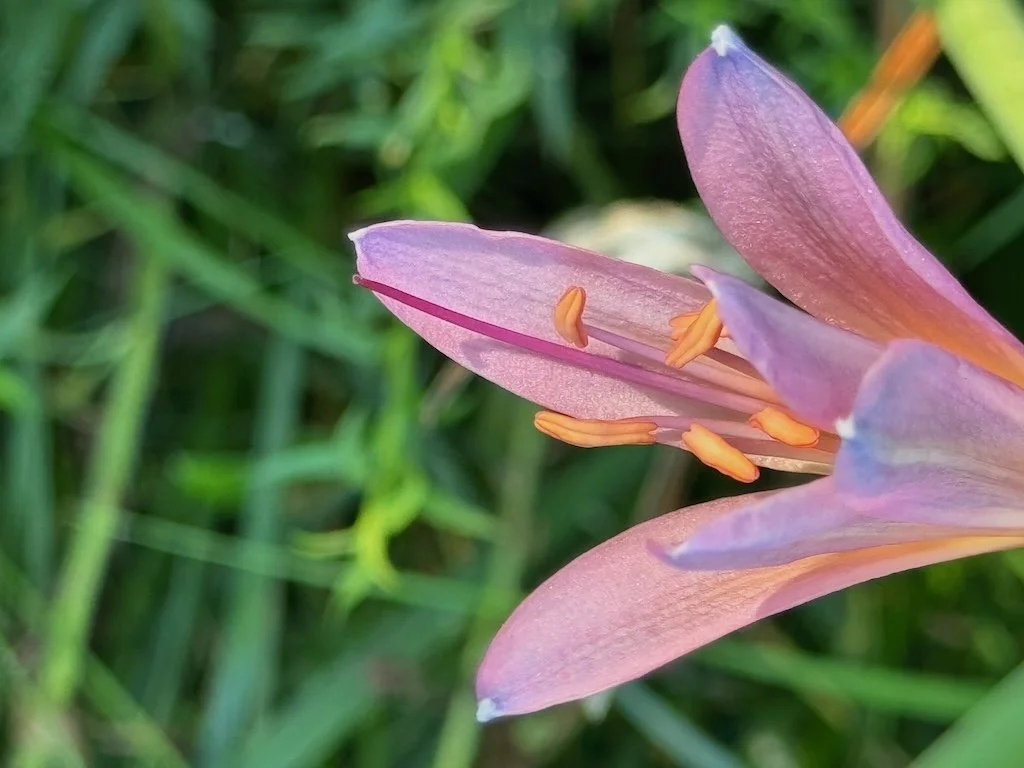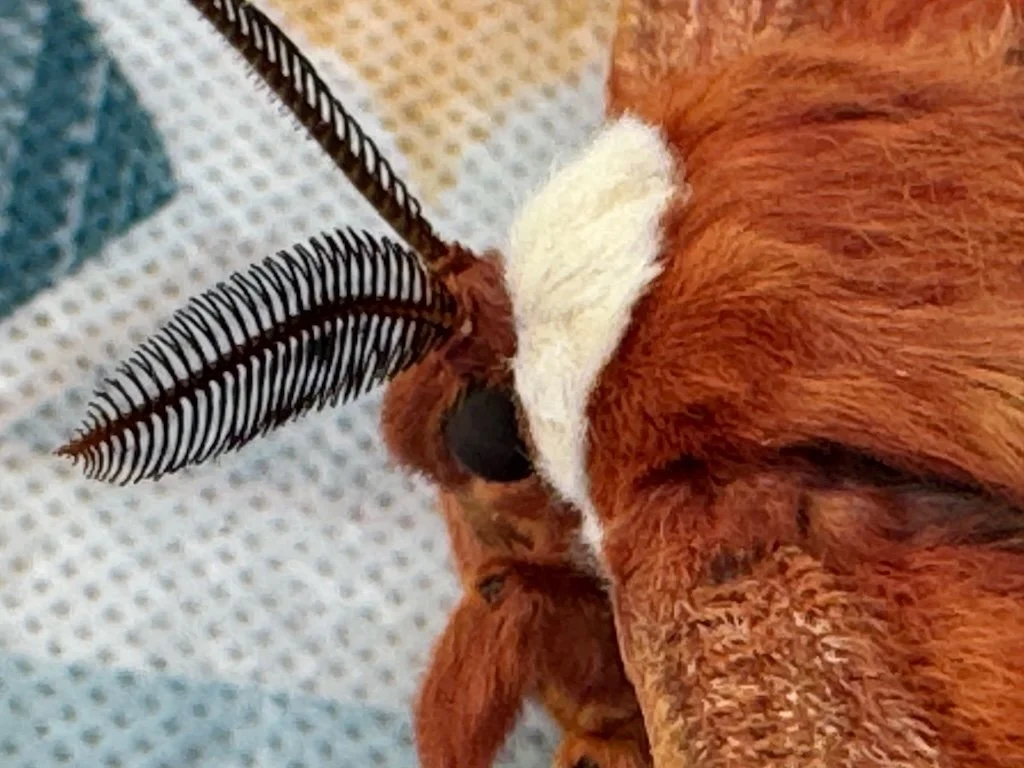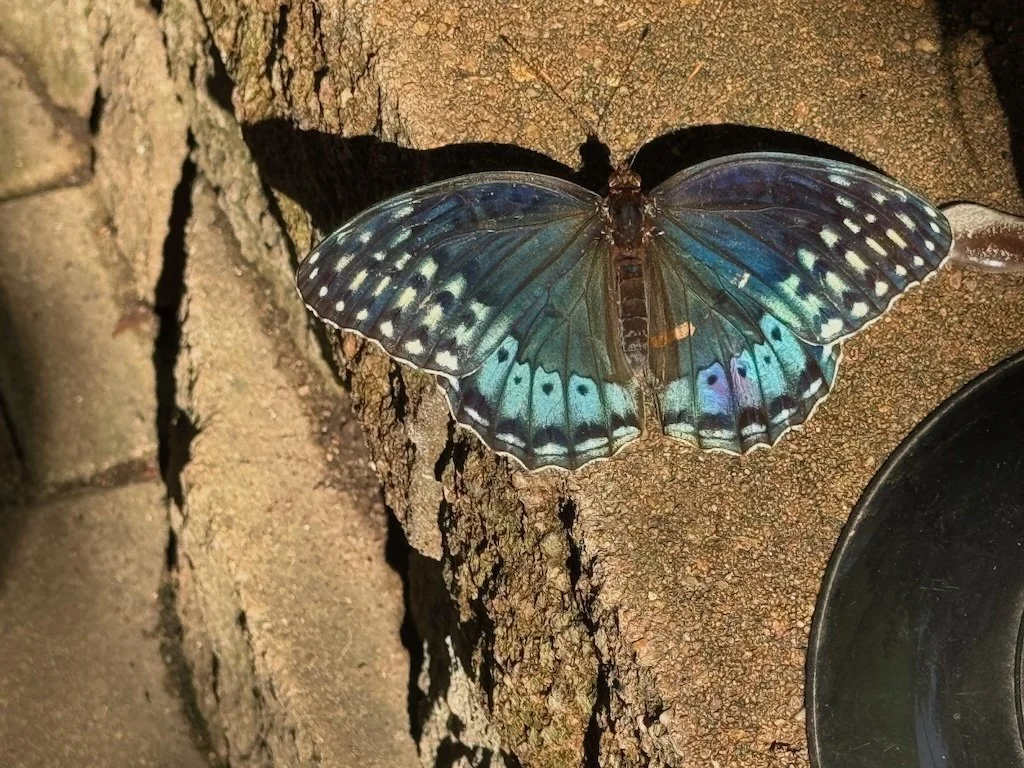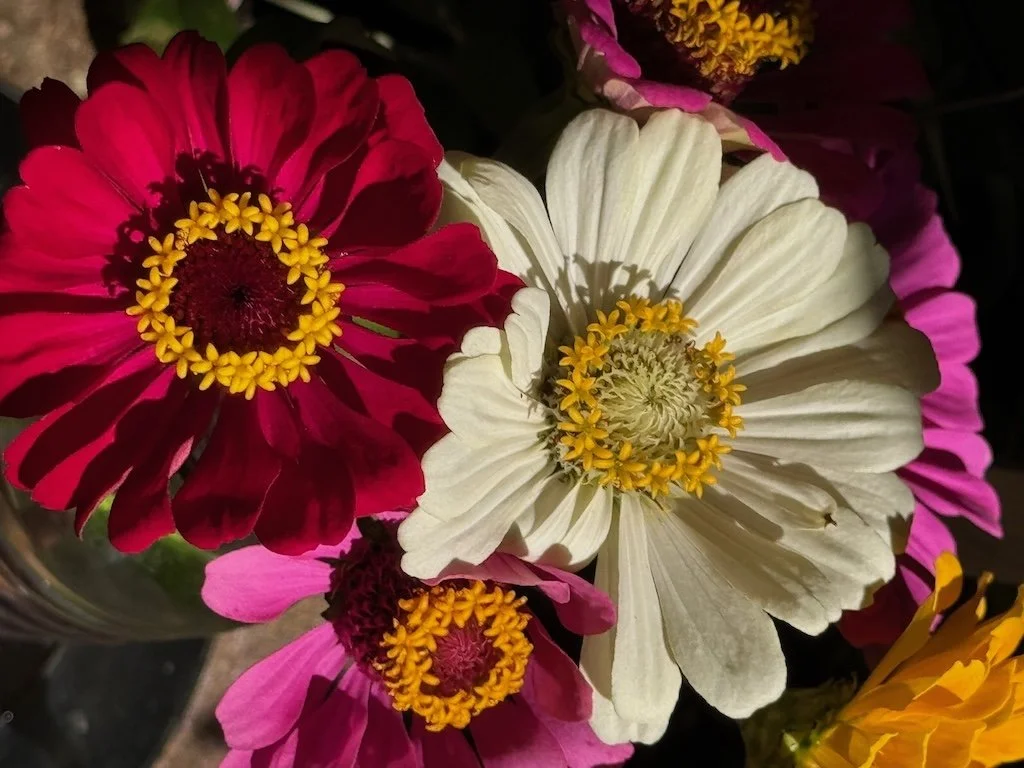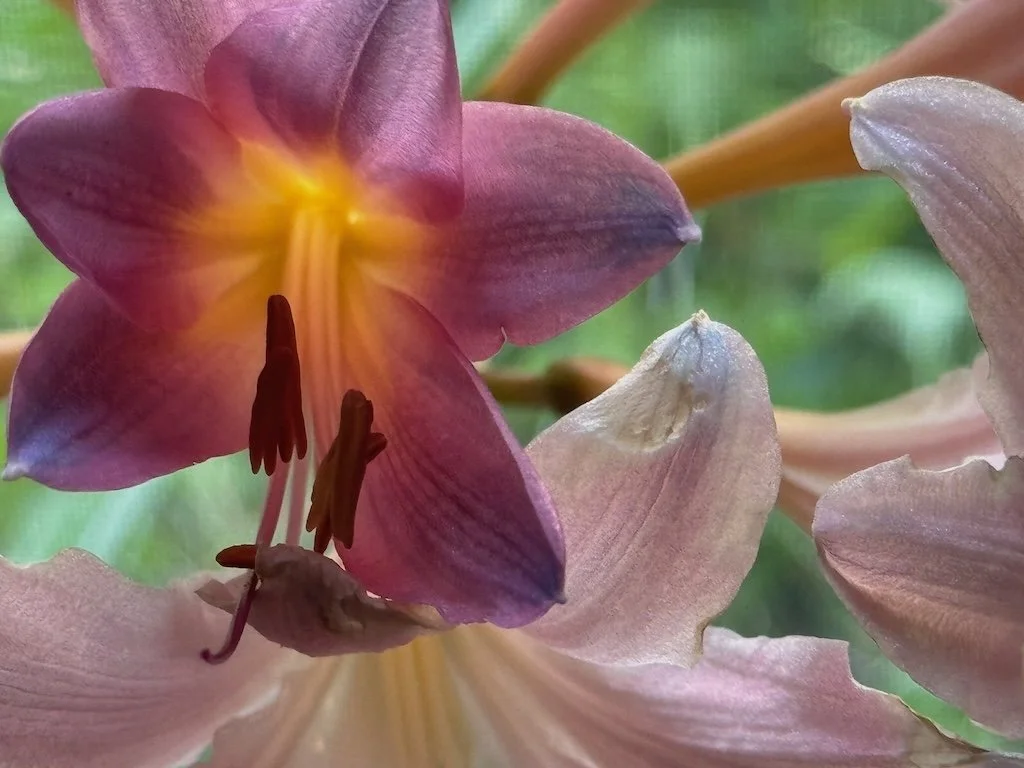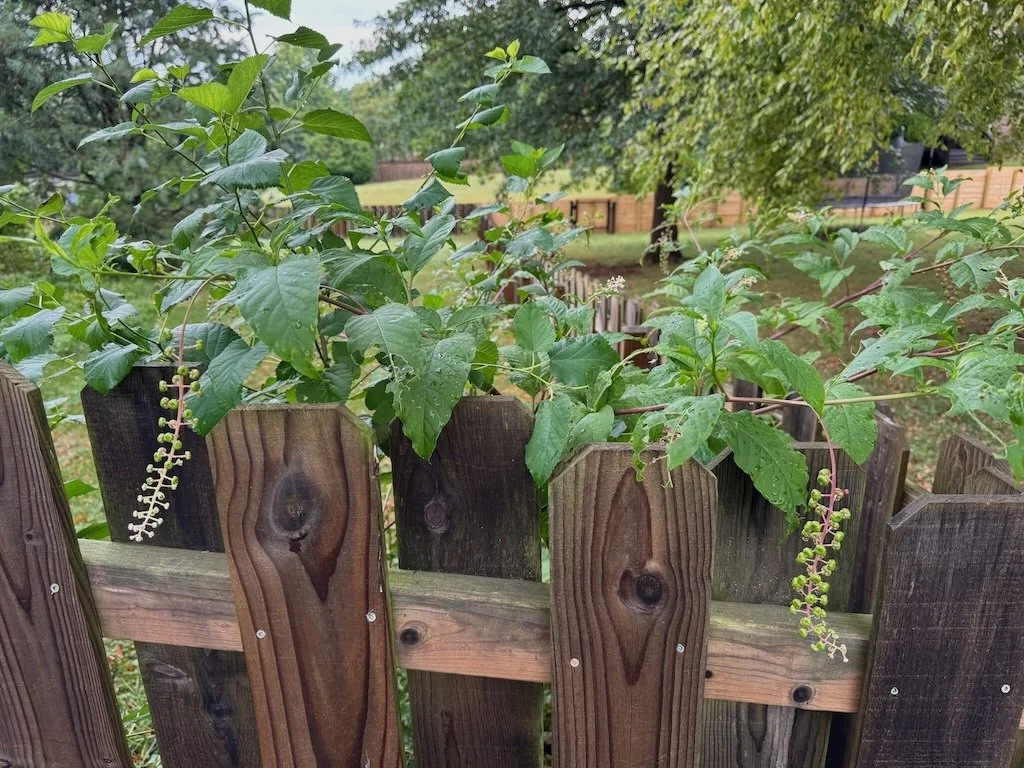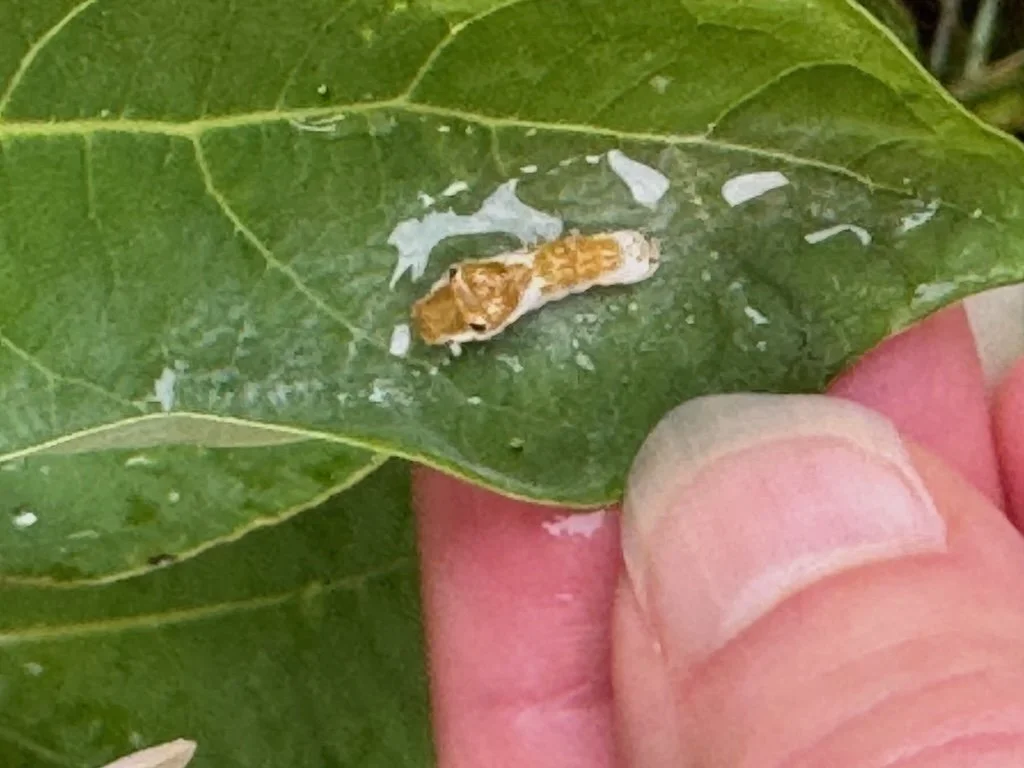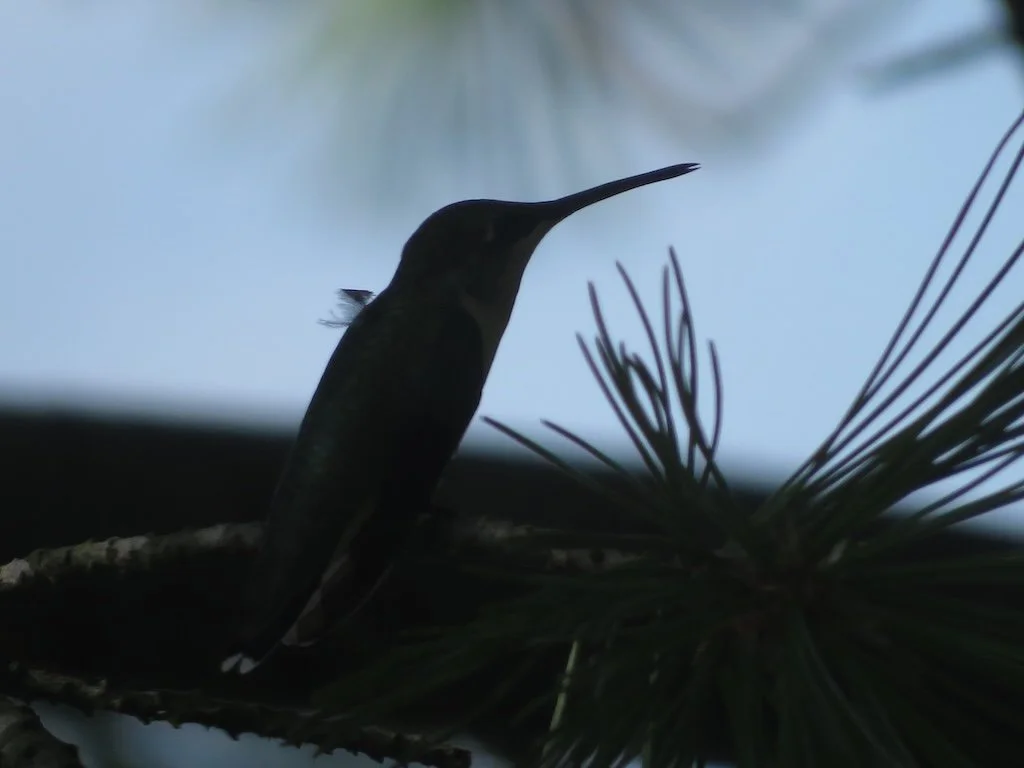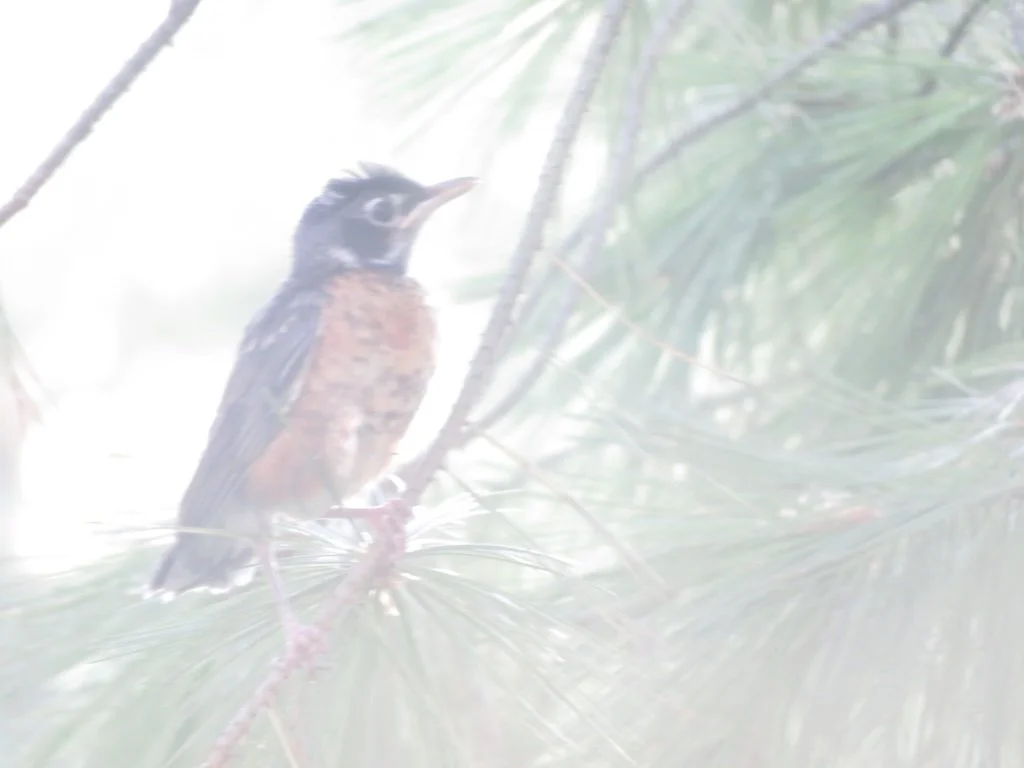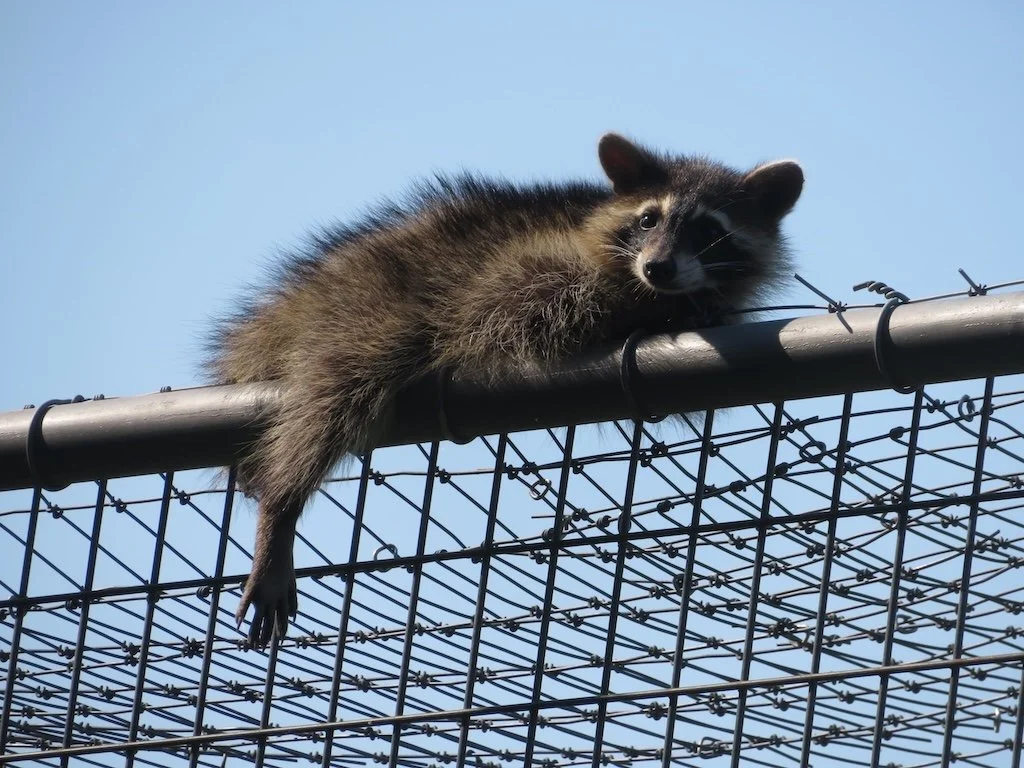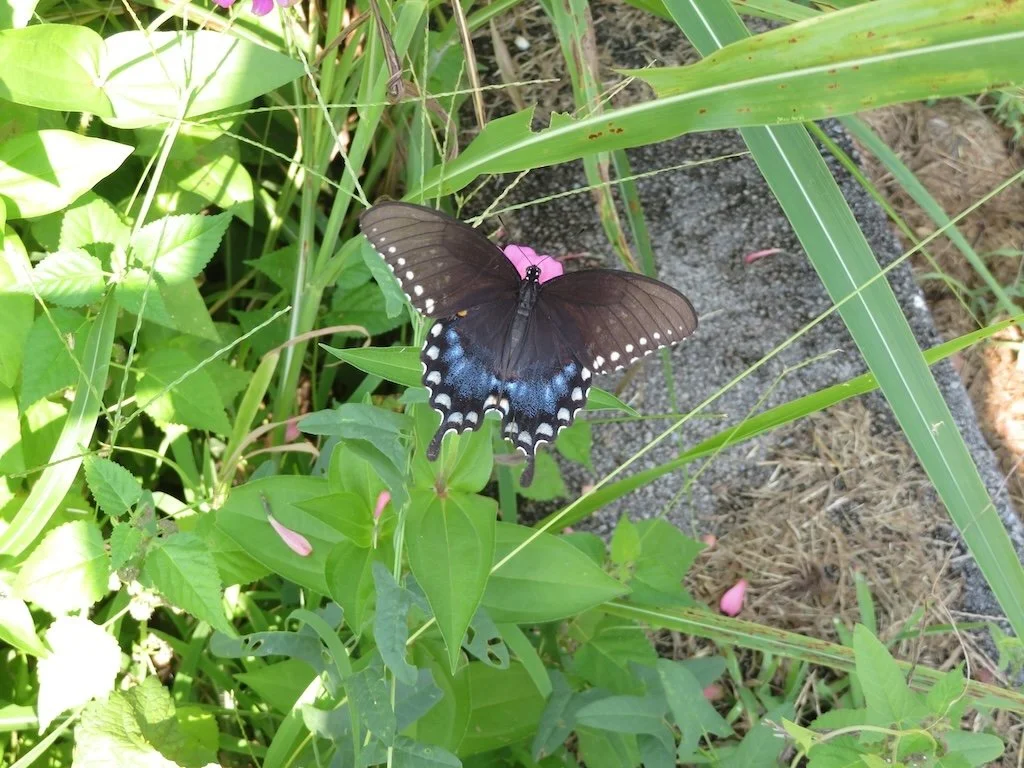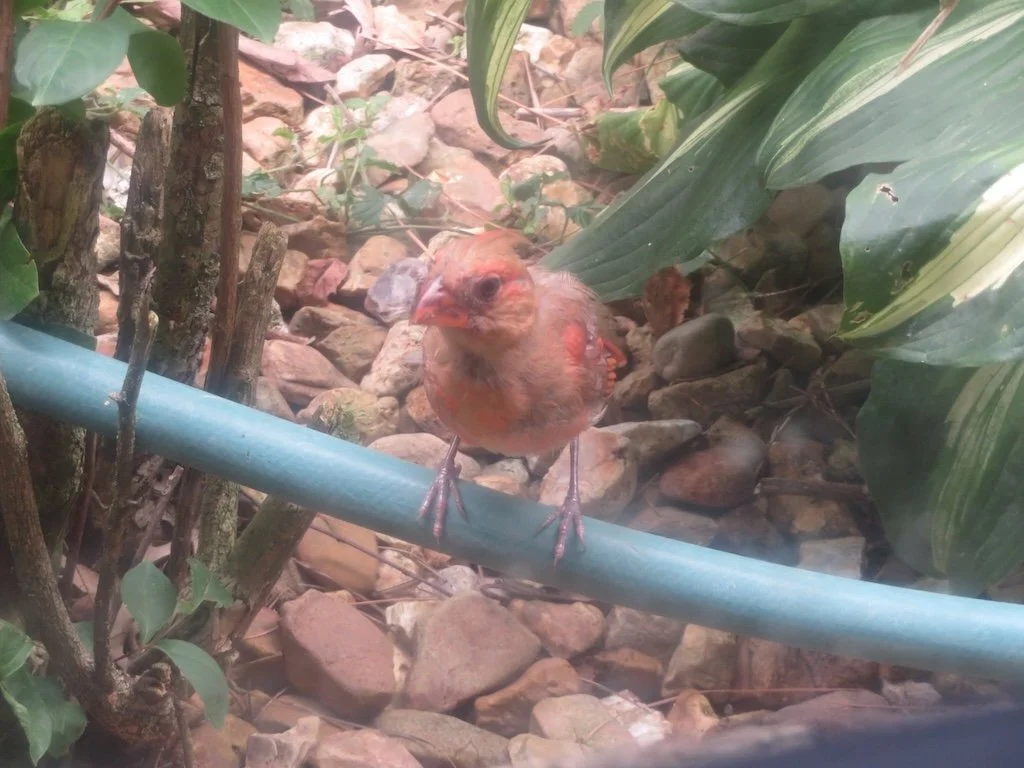The items below were ‘the cream’ of the articles and websites I found this past week. Click on the light green text to look at the article.
Top 25 Birds of the Week: Seedeaters! – Starting out the gleanings list with bird photographs.
Mapping tree inequality: Why many people don’t benefit from tree cover – Trees are an effective way to reduce the heat island effect within cities (i.e. where there are fewer trees it is hotter). Lower income communities tend to have fewer trees…and thus are hotter. As there are more hot days, the impact is becoming greater. There is also a beauty to trees…each one is an island of nature in a sea of concrete and asphalt. Increasing trees in cities and towns is an investment in physical and mental health!
Roman temple at Egyptian Emerald Mine – In the eastern Egyptian desert. The researchers found 19 coins, incense burners, bronze and steatite figurines, bones, terracotta body parts, and amulets.
Return of Brood X Cicadas – This brood emerges in the area where I live in Maryland. I am not there to see it, but I hope my husband can photograph some emerging cicadas. There should be lots of opportunities!
Invasive Jumping Worms Have Spread to 15 States – This species is in the middle of the country. I haven’t seen any yet in Texas, but they are in the state and my daughter might have them in Missouri. Hopefully, there will be a method to control them soon or the landscape of that area of the country could change…they are a small organism with a big impact.
A Retreat to Catoctin – This park is close (about an hour) from where I live in Maryland. I’ve been there many times….maybe not often enough.
Hopes and Weeping Trees: What’s up with the Yellow-bellied Sapsucker? – Neat rows of holes in tree trunks? There is a sapsucker around. Sometimes hummingbirds will come to get the sap dribbling out of the holes. I am always pleased to discover a tree that has been visited by a sapsucker; I noticed when I was at Mt. Pleasant this spring that the tree that was convenient to a hiking route for school field trips (pre-pandemic) has been cut down so I will hunt for another one to share with hikers.
Trove of 2,000-Year-Old Bronze Mirrors Found in Ancient Chinese Cemetery – 80 mirrors….ranging from 3-9 inches in diameter. There are other artifacts recovered from the same cemetery….maybe more stories to come as the excavations and analysis of finds continues.
Charting ice from above – The Icebird flights….flying low over ice and open water. What if feels like to be part of the crew.
National Parks Traveler Checklist: Padre Island National Sea Shore – My husband and I have been to parts of the Padre Island National Sea Shore for snippets of time. Our plan to visit in 2017 to see more of the park was cancelled after Hurricane Harvey…maybe we should add it to our post-pandemic travel plans!





